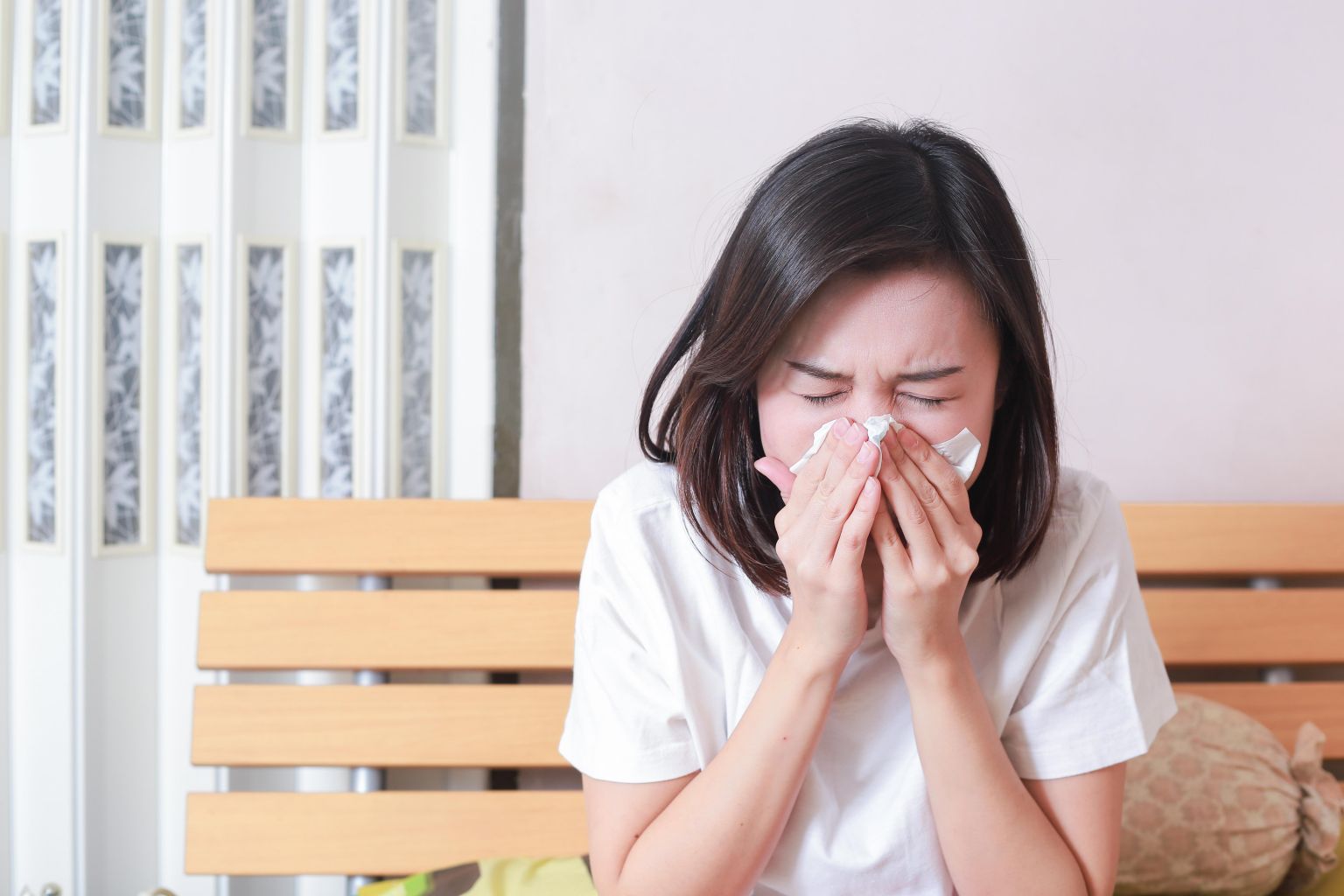Scientists say we breathe in 1 million microorganisms including 'invisible' fungi every day
Sign up now: Get ST's newsletters delivered to your inbox

A team of researchers at NTU said that microbial communities in the atmosphere have an effect on environmental and human health, with the most immediate impact on patients with respiratory illnesses.
PHOTO: ISTOCKPHOTO
Vanessa Liu
Follow topic:
SINGAPORE - With every breath you take, every move you make, you are inhaling tens of thousands of microorganisms which will not affect healthy people, but can have an effect on those with respiratory illnesses.
Scientists here have conducted the first-ever study of the atmosphere undertaken in the tropical region, to understand what we inhale and how it possibly impacts us.
A team of researchers from the Singapore Centre for Environmental Life Sciences Engineering (SCELSE) at Nanyang Technological University (NTU) found that on average, humans breathe in between 100,000 and 1 million microorganisms belonging to over 1,000 different types a day, with at least 725 species of them constantly present in the air around us.
These microscopic living things cannot be seen by the naked eye and include bacteria and fungi, which dominate the atmosphere in abundance at different times of the day.
The team said that microbial communities in the atmosphere have an effect on environmental and human health, with the most immediate impact on patients with respiratory illnesses.
"What we already know is that healthy people are unaffected. But at the same time it is clear that people who have respiratory problems - they seem to respond to the organisms in the air," said Professor Stephan Schuster, research director at SCELSE and genomics professor at NTU.
On average, humans breathe in 11 cubic m of air daily, or 11,000 litres. Depending on the environment they are in, the air they breathe could contain 50,000 organism cells in the tropics during the daytime, but 30 to 100 times that amount at night.
Someone who is jogging at night will breathe in, on average, 100 times more microorganisms than if he were to jog at noon.
The day and night differential is possibly driven by changes in the environment such as humidity, rainfall, solar radiation and carbon dioxide levels, scientists believe.
In the study, air sample collectors were set up on a rooftop at the NTU campus, gathering samples every two hours over the course of five days.
The same experiment was repeated every three months for 13 months.
Airborne biomass was collected by pumping air through an electrostatic filter retaining particles that ranged from 0.5mm to 10mm.
Previously, air samples had to be amassed for weeks or months before it would be considered sufficient for analysis.
A new biomass DNA sequence protocol developed by the team allowed them to analyse smaller volumes of air and study hourly changes in the air microbiome composition.
The findings of the study revealed that tropical air had a microbial diversity that is as complex as other ecosystems, such as seawater, soil and the human gut.
Singapore is the only country in the world to have a complete map of airborne organisms, said Prof Schuster.
He added that understanding the dynamics of bioaerosols - or airborne particles of biological origin - will help in managing indoor air quality.
"When one cools the air inside a room very rapidly, such as with the use of air-conditioning, it can lead to condensation of water on surfaces, which is a pre-condition for mould and fungal growth," said Prof Schuster.
In the long term, people could suffer from the organic compounds and spores that are released into the air from the mould, he said, adding that proper ventilation as well as monitoring the relative humidity of a room is important to prevent fungal growth.
"Our study provides important and much-needed insights into bioaerosols in a tropical setting, given that existing studies have exclusively involved temperate climates."
At the moment, the researchers are working on an interdisciplinary project in collaboration with NTU's Lee Kong Chian School of Medicine, looking at how bioaerosols affect patients with bronchitis, chronic obstructive pulmonary disease and severe asthma.
The team also pointed out that many of the detected organisms are plant pathogens or wood-rotting fungi, which could be harmful to agricultural crops in the long run.

